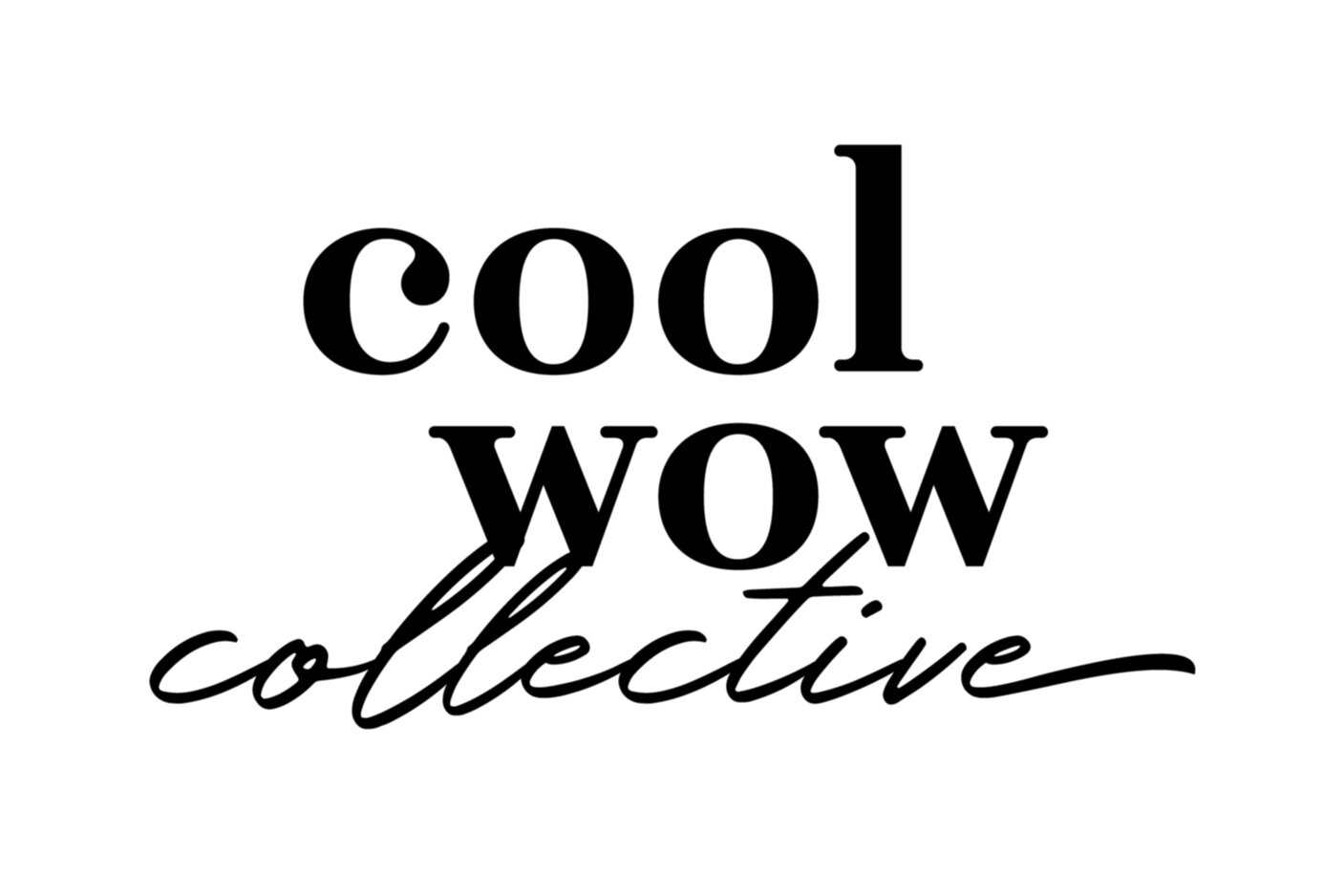3 boundaries to set with your clients right now
What’s a business without boundaries? It’s late nights, awkward conversations and a head full of worry. Boundaries are important in any relationship and the freelancer/client relationship is no different.
If you’ve ever struggled with clients not respecting your boundaries, you’re not alone. Here are 3 simple boundaries you should be setting with your clients right NOW - no sage sticks or crystals required (although they can help too)!
#1 Hours of availability
You’ve chosen to be your own boss for freedom. But you often find yourself working weird hours, responding to emails on the weekend or dropping into DM’s late at night from bed when you know you should be resting. In other words, you find it hard to ‘switch off’ from work mode.
You need to communicate the days and hours you work with clients from the start—and stick to them.
In the early days, I fell into bad habits. I didn’t want to lose clients, I wanted to overdeliver, I thought I ‘should’ respond quickly to every email. This set me up for failure. Whenever I was taking some down-time or enjoying a well deserved afternoon off, I’d feel guilty not responding. Clients had learnt to expect a speedy turnaround which was impossible to maintain (a girl’s gotta rest too).
“We teach people how to treat us”
So one simple thing you can do today set office hours. You DO NOT have to respond within minutes of receiving an email. When you are clear on what you value and why you’re doing it, setting boundaries will become so much easier. We teach people how to treat us. Clients will learn to respect your boundaries, but YOU have to be the one to set them.
3 places you should be communicating your availability:
Add office hours to your email signature.
Put them in your ‘out of office’ for weekends or days off.
Include availability in your onboarding kit and/or client welcome emails.
#2 Communication preferences
Are you a caller or an emailer? Do you like Voxer or Instagram DM’s? Are you into text messages or Slack? Are you using Trello, Asana or Monday to manage projects? As you can see, there are SO many ways we can communicate today that there is option overwhelm.
It is up to you to teach your clients how to communicate.
Here are some key things you should be communicating with your clients now:
Phone calls
Do you hate your flow being interrupted by calls? I do. Tell clients they can book a call with you anytime through a direct diary link. Calendly or Acuity Scheduling are great options. It might feel a bit ‘formal’ for some clients, but they’ll soon get the idea that you aren’t an ‘on tap’ resource (remember—boundaries people) - but you’re still letting them know you’re available for them.
Feedback preferences
How do you like to get feedback? If you’re a designer you might want mark-ups directly on a PDF document or wireframe. If you’re a copywriter you might want a shared Google Doc.
If you start getting long-winded rounds of changes via email and feel some things are getting lost in translation, honour your own rules by resisting the urge to respond back with an equally lengthy email (we know these can get out of hand). Instead, politely direct clients back to your preferred feedback channel.
And if that’s not working for them and you’re at a roadblock, arrange a call by sending them a link to your calendar.
Turnaround times
Let clients know your typical turnaround time. Will you respond within the day, within 24 or by 2 business days? It’s your call. Put this expected turnaround time in your ‘out of office’ and in your client onboarding and welcome docs. Of course, if something urgent pops up (like a website crashing on launch day or a social media crisis unfolds) you can be there for them, just define what ‘urgent’ actually means.
#3 Rounds of revision
This one can get uncomfortable. We’ve all had those ‘little’ feedback changes roll in. Last-minute requests and sneaky additions can really add up.
Saying yes too often will lead to resentment and potentially burnout.
So it’s up to YOU to set a boundary and let your clients know clearly where they’re at.
For example tell them: “You’ve used your 2x included rounds of feedback. I’m happy to add additional rounds of changes at a rate of $ per hour.”
It’s much easier to say no if you have a defined scope of work laid out upfront. This should be laid out early in the relationship in your proposal, agreement and welcome pack.
Hot tip: Track your time using a tool like Toggle. This means you will get a clearer understanding of how much this project is costing you. You can then confidently explain to your clients that they have nearly used up their allocated time/inclusions and give them a heads up before it gets awkward.
Conclusion
Remember you’re the boss, you’re the only one responsible for setting clear boundaries and sticking to them. The clearer you are at the start, the easier it is to say no politely and guide clients in the right direction.
Understanding your goals and values as a business will help you set better boundaries. Once you’ve nailed that, you can use boundaries to protect you—energetically and financially.
Boundaries give you the headspace to do your best work and will help you be a happier, healthier, more productive freelancer. And hey, if you want to call on a little crystal power too, pop some rose quartz on your desk for self-love, and some black tourmaline or black obsidian for protection and grounding.
Over to you…
What boundaries do you set in your business?


